Fried rice, a beloved staple in Asian cuisine, serves as a delightful canvas for a variety of flavors. It's not just a dish; it's a culinary adventure that repurposes the simple into something extraordinary. Pork fried rice, with its savory depths and rich flavors, stands as a testament to this transformation. Let's delve into the essence of fried rice and explore the best ways to reheat this versatile dish.
Check out some of my favorite fried rice dishes here on my blog. Check out this guide for ideas on what to do with leftover fried rice.
Jump to:
What is Fried Rice
At its core, fried rice is a dish born from the art of transformation. It's made from pre-cooked rice stir-fried in a wok or frying pan, often mixed with vegetables, eggs, seafood, or meats such as pork. This process gives the rice a distinct texture and flavor, enhanced further by ingredients like soy sauce, sesame oil, and various spices.
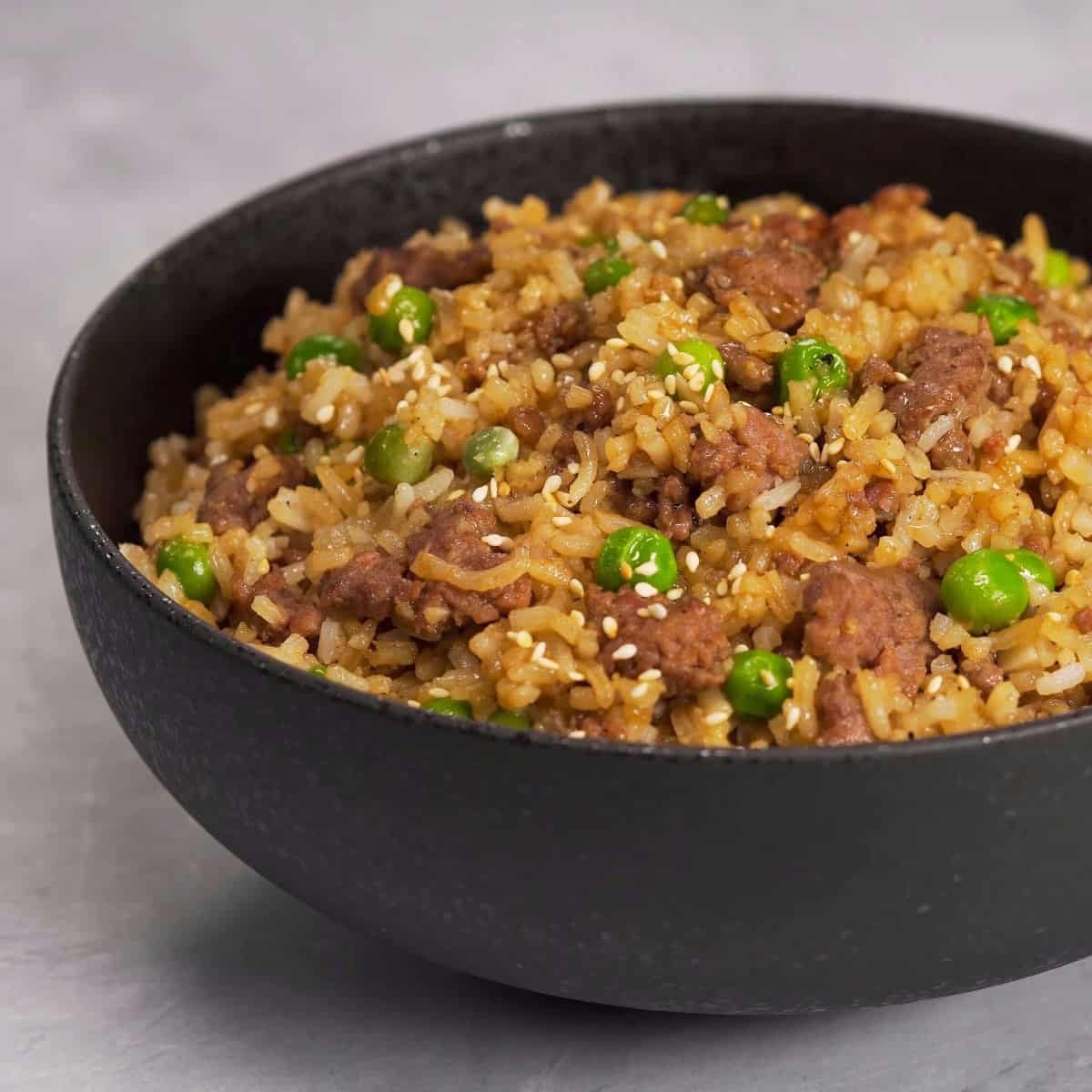
Why Fry Rice
Frying rice is an art form in Asian cooking, elevating humble rice into a flavor-packed dish. This process brings out a nutty, toasty aroma while keeping each grain distinct and non-clumpy. It's a culinary technique that gives new life to leftover or slightly mushy rice.
Why Fried Rice is a Great Option to Repurpose Leftover or Mushy Rice
Leftover Rice
Leftover rice, often a bit drier than fresh, is perfect for fried rice. Its texture allows it to absorb the flavors of added ingredients more effectively, making it an ideal base for a delicious fried rice dish. When I prepare my 15-Minute Easy to Make Pork Fried Rice, I often prefer using rice from the previous day to achieve the best texture and flavor profile.
Mushy Rice
Even mushy rice, which might seem past its prime, can find redemption in a fried rice recipe. Frying can help evaporate excess moisture, salvaging the texture and taste. The key is to adjust the cooking time and heat to ensure the rice dries out without burning.
Proper Food Storage
Proper storage of fried rice is critical for maintaining its quality and preventing foodborne illnesses. Let's break down the storage options:
Cooling and Refrigerating
- Steps: Allow the fried rice to cool to room temperature. Then, transfer it to an airtight container and refrigerate.
- Benefits: This method preserves the flavor and texture while reducing the risk of bacterial growth.
Freezing
- Steps: Cool the rice to room temperature, then place it in a freezer-safe container or bag.
- Benefits: Freezing is a fantastic way to extend the shelf life of your fried rice and have a ready meal available.
Can You Reheat Leftover Fried Rice
Certainly! Reheating leftover fried rice can bring back its deliciousness, almost as if it was freshly made.
Thawing Frozen Fried Rice
Thawing frozen fried rice properly is crucial to preserving its texture and flavor. Here are different methods to effectively thaw your frozen fried rice:
Refrigerator Thawing (Recommended Method)
Transfer the frozen fried rice from the freezer to the refrigerator. Let it thaw overnight or for several hours. This method thaws the rice gradually, maintaining its texture and preventing bacterial growth. This is ideal when you plan ahead and have enough time for slow thawing.
Countertop Thawing
Place the frozen fried rice (still in its airtight container or freezer bag) on the kitchen counter at room temperature. Allow it to thaw for a few hours. This is ideal when you need to thaw the rice more quickly than the refrigerator method allows.
Caution: Do not leave the rice at room temperature for more than two hours to avoid bacterial growth.
Cold Water Bath Thawing
Place the sealed container or bag of frozen fried rice in a bowl of cold water. Change the water every 30 minutes to maintain a cold temperature. It usually takes about an hour or two, depending on the quantity of rice. This method is faster than refrigerator thawing while still being relatively safe and is ideal when you’re short on time but still want to avoid the rapid temperature changes of microwave thawing.
Microwave Thawing (Speediest Method)
Place the rice in a microwave-safe dish. Use the ‘defrost’ or low power setting to thaw the rice, checking and stirring it periodically. This method usually takes only a few minutes. It is ideal when you hurry and need the rice ready quickly.
Caution: This method can partially cook the rice, affecting its texture. It's essential to stir the rice frequently and heat it until it's just thawed.
Each thawing method has its own advantages and is suitable for different scenarios. Once thawed, proceed with your preferred reheating method to enjoy your delicious fried rice.
Different Methods of Reheating Leftover Fried Rice
Reheating leftover fried rice can be as much an art as cooking it from scratch. Each method has its own merits and can bring your rice back to life in different ways. Here's a detailed look at various reheating methods:
In a Skillet on the Stovetop (Best Method)
Heat a tablespoon of oil in a large skillet over medium heat. Add the leftover fried rice, breaking up any clumps. Stir frequently, adding a splash of water or soy sauce if the rice seems dry.
- Pros: This method provides even heating and can restore the fried rice to a state almost as good as when it was fresh. It's a great way to re-crisp the rice, getting it golden brown.
- Cons: Requires active attention and occasional stirring to prevent burning or sticking.
- Ideal For: Achieving the best result with both white rice and brown rice.
In the Microwave (Easiest and Quick Method)
Place the leftover fried rice in a microwave-safe dish. Sprinkle a little water or a tablespoon of water per cup of rice to add moisture. Cover with a damp paper towel or plastic wrap. Microwave on high power in 30-second intervals, stirring in between.
- Pros: It’s an easy and quick method, especially for small amounts of rice.
- Cons: The rice may heat unevenly, leading to some cold spots. It can also become a bit mushy.
- Ideal For: When you're short on time and need a quick meal.
In an Air Fryer
Spread the rice in an even layer in the air fryer basket. Add a splash of water to prevent drying. Heat 350 degrees Fahrenheit for a few minutes, shaking the basket midway.
- Pros: This method can add a slight crispness to the rice.
- Cons: Not all grains may heat evenly, and larger quantities might require batch cooking.
- Ideal For: A different texture, slightly crispier than the other methods.
Steaming (Perfect for Restoring Moisture)
Place the rice in a steamer or a sieve over boiling water. Cover and steam until it’s heated through, which typically takes a few minutes.
FAQ
Adding a few drops of water or broth while reheating can help retain moisture. You can also drizzle a bit of soy sauce or a touch of oil to enhance flavors.
The time varies based on the portion size and the method used. Generally, it takes 2-4 minutes in the microwave and 5-7 minutes on the stovetop.
It's better to reheat smaller portions at a time to ensure even heating. This prevents some parts from becoming too hot while others remain cold.
Reheating rice is safe if done properly and not left at room temperature for too long. Ensure it's heated thoroughly to kill any potential bacteria.
Rice Recipes You May Like
Looking for other rice recipes like this? Try these:
What To Eat With Rice
These are my favorite dishes to serve with rice:

Instructions
In a Skillet on the Stovetop (Best Method)
- Heat a tablespoon of oil in a large skillet over medium heat. Add the leftover fried rice, breaking up any clumps. Stir frequently, adding a splash of water or soy sauce if the rice seems dry.
In the Microwave (Easiest and Quick Method)
- Place the leftover fried rice in a microwave-safe dish. Sprinkle a little water or a tablespoon of water per cup of rice to add moisture. Cover with a damp paper towel or plastic wrap. Microwave on high power in 30-second intervals, stirring in between.
In An Air FrFryeryer
- Spread the rice in an even layer in the air fryer basket. Add a splash of water to prevent drying. Heat 350 degrees Fahrenheit for a few minutes, shaking the basket midway.Fryer
Steaming (Perfect for Restoring Moisture)
- Place the rice in a steamer or a sieve over boiling water. Cover and steam until it’s heated through, which typically takes a few minutes.





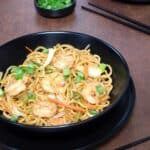


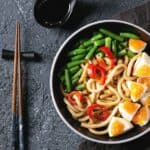

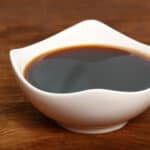
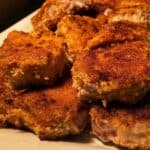

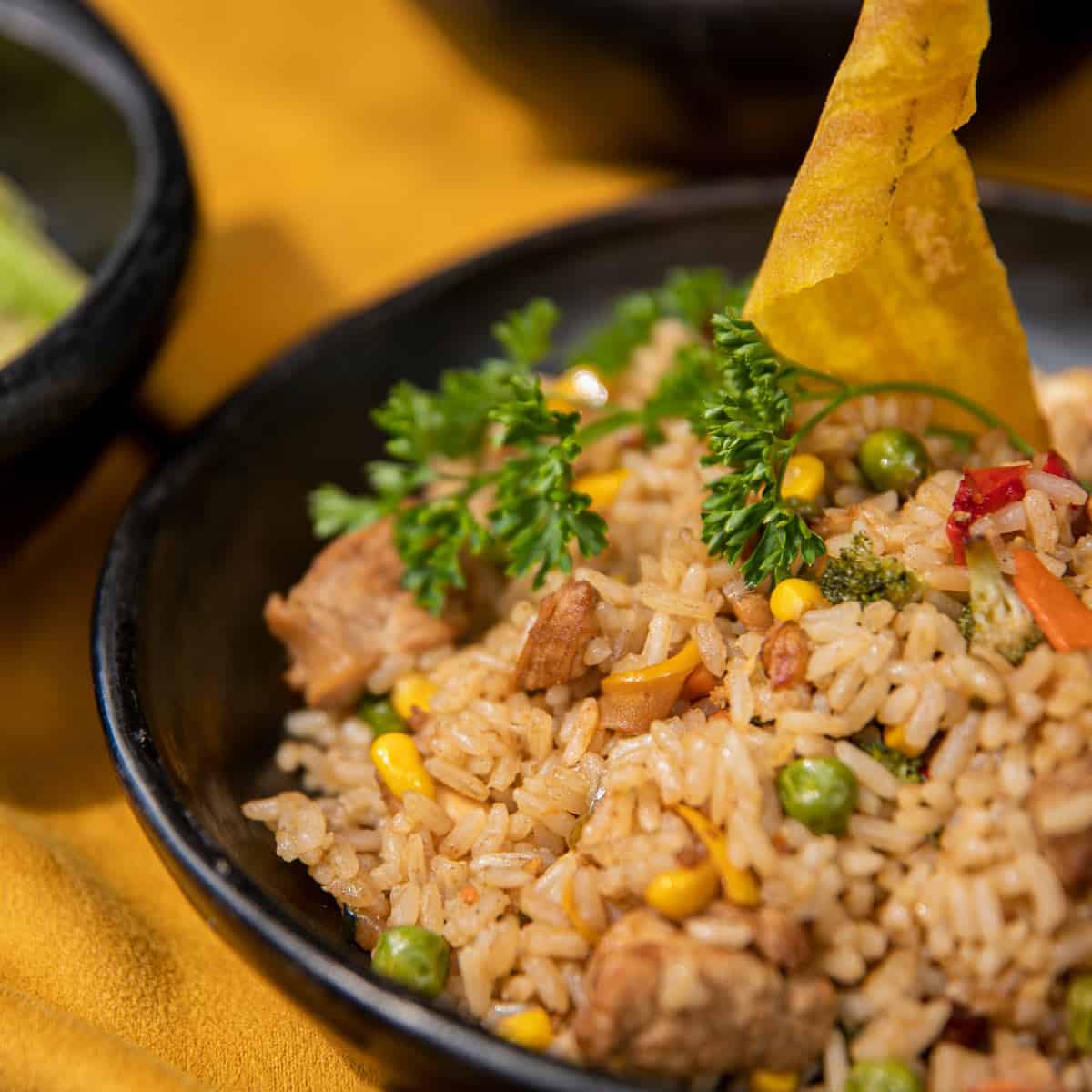

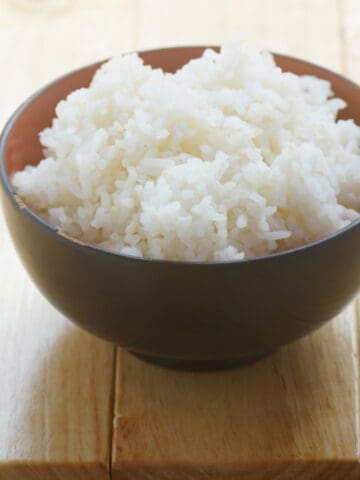
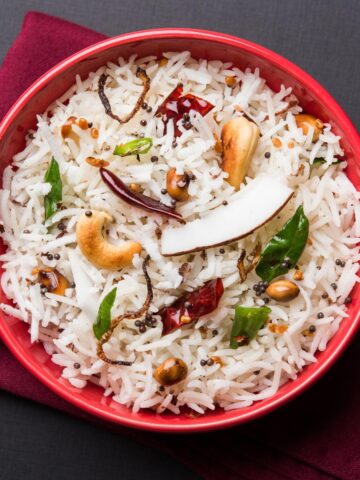
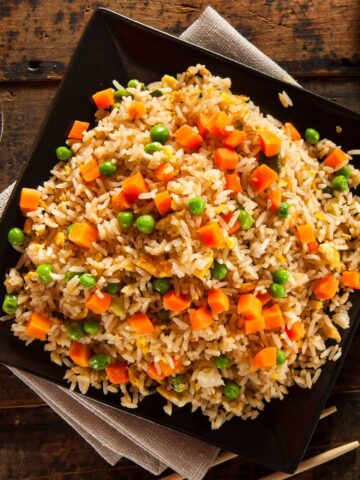
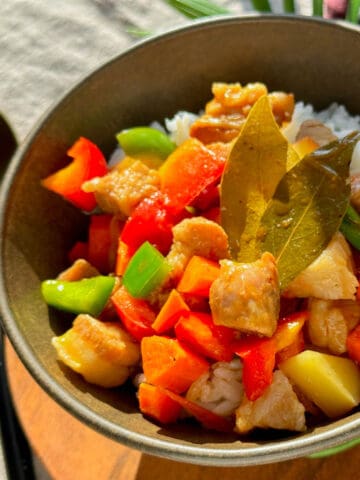
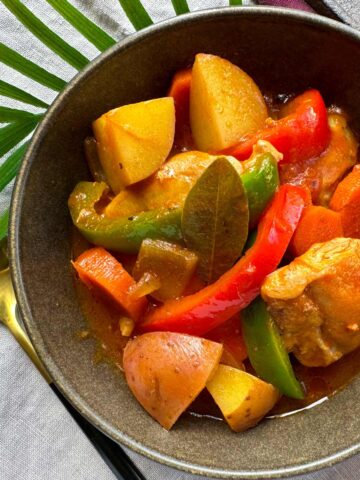

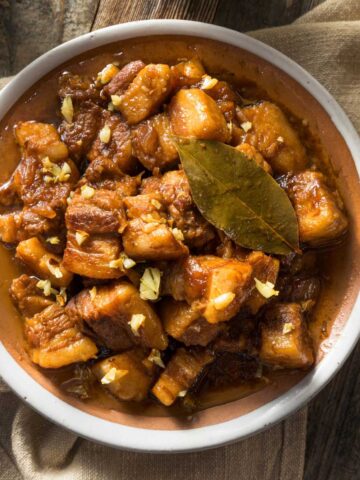
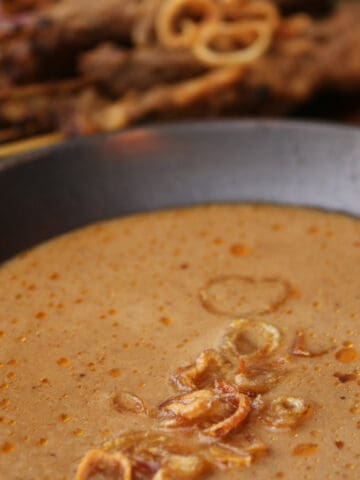


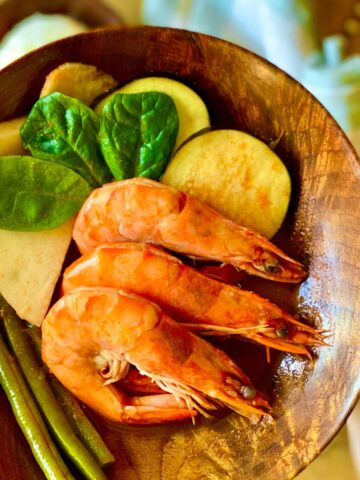

Comments
No Comments